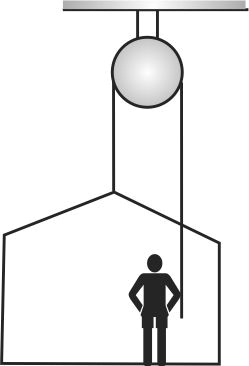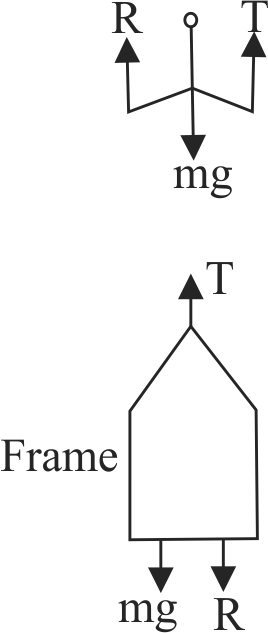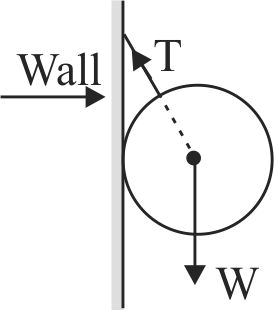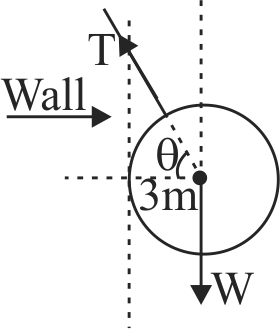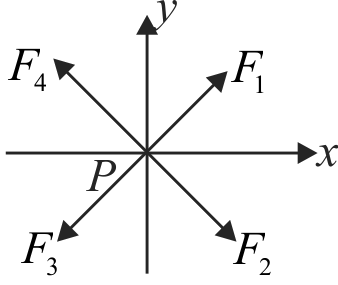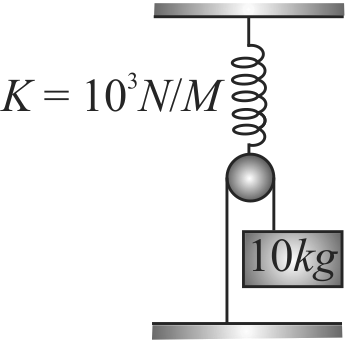363288
Assertion :
If large number of concurrent forces acting on the same point, then the point will be in equilibrium, if sum of all the forces is equal to zero.
Reason :
Equilibrium of a particle in mechanics refers to the situation when the net external force on the particle is non zero.
363288
Assertion :
If large number of concurrent forces acting on the same point, then the point will be in equilibrium, if sum of all the forces is equal to zero.
Reason :
Equilibrium of a particle in mechanics refers to the situation when the net external force on the particle is non zero.
363288
Assertion :
If large number of concurrent forces acting on the same point, then the point will be in equilibrium, if sum of all the forces is equal to zero.
Reason :
Equilibrium of a particle in mechanics refers to the situation when the net external force on the particle is non zero.
363288
Assertion :
If large number of concurrent forces acting on the same point, then the point will be in equilibrium, if sum of all the forces is equal to zero.
Reason :
Equilibrium of a particle in mechanics refers to the situation when the net external force on the particle is non zero.

